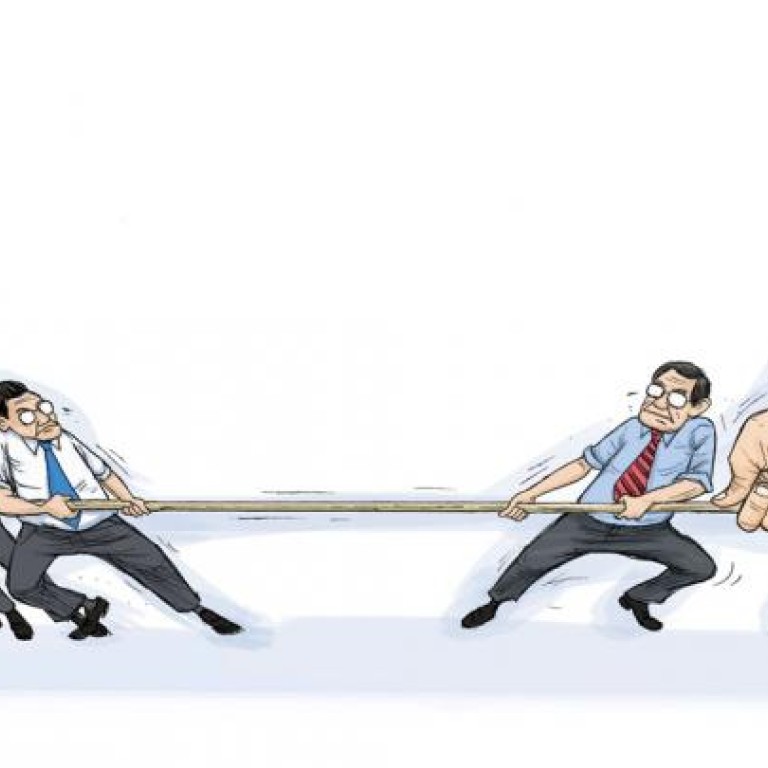
Businesses often fail overseas because the world is much less 'global' than they assume
Key decision-makers often underestimate just how big, and important, global differences are
"Professor, we have a problem with our international strategy. Things are not running as smoothly and profitably as we thought they would."
"Did you assess market size and market growth?"
"Of course!"
"Did you do a competitive analysis?"
"Oops, we forgot. Will do this right away!"
"Did you analyse institutional differences?"
"What do you mean?"
This dialogue, fictitious but not unrealistic, captures in a nutshell why so many companies do not reach their full potential abroad: incomplete preparations and follow-up.
While virtually no firm would expand abroad without knowing whether there was a growing market for its products, experience suggests that other parts of a proper entry analysis and subsequent strategic control are given short shrift.
Surprisingly, many companies, even large multinationals, do not analyse the competitive landscape of the local market to determine whether it is possible to operate profitably.
Levels of competition in China continue to take many foreign firms by surprise. They should not, because the conditions leading to hypercompetition in many industries, as well as the relevant analytical frameworks, have been in place for decades.
Yet even companies with extensive annual business planning exercises, including analysing the competitive landscape, usually pay little attention to what makes international business so difficult: things work differently in other markets.
Globalisation was supposed to level out these differences. As people and businesses from different parts of the world interact, so the story went, they would converge on the respective best practices.
However, the world is much less globalised than is often believed. For instance, the entire stock of US investment in China in 2011 was a mere US$54 billion. That is a lot of money in your bank account, but for a US$15 trillion economy, it is peanuts. As a result, convergence remains elusive, as research over the past two decades has documented.
Ironically, the tendency to fall for the fallacy that the world is indeed "flat" increases with corporate seniority. This is natural, as senior executives extrapolate from their own experiences within a confined international elite.
It is also highly problematic, because it leads key strategic decision-makers to underestimate just how big the differences are. And as the international business literature has shown time and again, what kills companies abroad is their inability to handle these differences and deal effectively with the attendant "liability of foreignness".
Institutional variations represent one key dimension of such differences. They are a leading source of liability of foreignness.
In business and management, the term "institutions" is defined as the "rules of the game" of doing business. Some institutions are formally codified, such as laws and regulations.
Other institutions are informal and include aspects of culture, such as social norms and customs. Taken together, formal and informal institutions determine what is possible in a given society and what is not, what will be encouraged and what sanctioned.
Institutional variations are visible in numerous areas. At the most fundamental level, they show themselves in what a society accepts as the legitimate purpose of doing business. Business school orthodoxy for the past decades has been that firms exist to maximise shareholder value.
My own research, jointly undertaken with Gordon Redding, suggests that outside the Anglo-Saxon world, few societies and senior managers accept this view.
To simplify very crudely, Hong Kong firms exist to produce family wealth; German firms, to produce needed goods and services for society; Japanese firms, to provide benefits to their employees; and South Korean firms, to keep highly conflictual demands by controlling families and hostile stakeholders in balance.
Few companies ever pause to consider these issues and their implications when expanding abroad. Many an international partnership was, foreseeably, doomed from the beginning because fundamental objectives did not match.
The differences, of course, do not stop there. Cultural differences mean that societies are structured differently, both in terms of hierarchies and belongingness to groups. In general, Asian societies tend to be relatively hierarchical and collectivist, while the opposite is true for much of the West. However, the devil is, as always, in the detail.
For instance, while the key reference group in Chinese societies tends to be the family, for most Japanese males, it is their companies. Behaviour and loyalties will vary accordingly.
Further variations are visible in the environment of the firm. Take the question of where to find skilled employees. Countries such as Germany have highly effective public training systems which provide a steady supply of skilled workers. Japanese firms train their workers themselves, a practice made possible by long-term employment (which, despite persistent rumours to the contrary, statistics clearly show to continue to be the norm in Japan).
On the mainland, on the other hand, no effective public training system exists, and employees tend to be poached by competitors once they are trained. Firms requiring highly qualified labour struggle on the mainland unless they adjust their processes accordingly.
The list of issues continues far beyond these examples. Fortunately, frameworks enabling firms to assess these differences and the attendant challenges exist, together with detailed analyses of the main characteristics of major Asian and Western markets. While surprisingly few business schools teach them, more and more are finding their way into print.
Particularly useful in the Asian context should be, later this year, the (Oxford University Press), which draws on the efforts of 31 leading scholars to outline what is known and needs knowing about business from India to Japan. A good look at the relevant chapters should be time well spent for international managers wanting a leg up on the competition.
